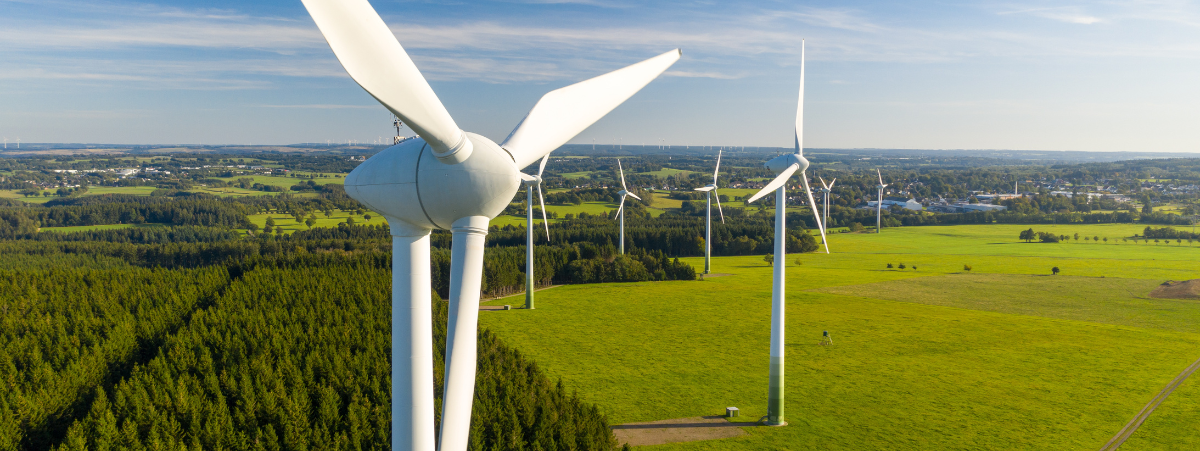While carbon pricing has traditionally been associated with mandatory regulatory frameworks, there is a growing recognition of the potential for voluntary carbon markets to play a significant role in achieving global emission reduction goals.
The Principle of Carbon Pricing
Carbon pricing operates on the principle that the cost of emitting carbon dioxide (CO2) and other greenhouse gasses should be internalized into the economic system. By assigning a monetary value to carbon emissions, either through a tax or a market-based system such as cap-and-trade, carbon pricing provides a financial incentive for businesses and individuals to reduce their emissions, invest in cleaner technologies, and adopt sustainable practices. This approach aligns economic incentives with environmental objectives, creating a more level playing field for sustainable development.
Pricing Challenges in Decarbonization Efforts
In certain sectors, the cost of decarbonizing a company’s operations and supply chain can appear somewhat prohibitive. In its report The net-zero transition: What it would cost, what it could bring, McKinsey estimates that transforming the global economy to achieve net-zero emissions by 2050 would require US$9.2 trillion in annual average spending on physical assets US$3.5 trillion more than today. “That increase is equivalent to half of global corporate profits and one-quarter of total tax revenue in 2020,” the report adds. This extra expense is often cited by companies of all sizes as a burden: a 2022 Deloitte survey of financial executives in the energy and manufacturing sectors revealed that 83% percent see money spent on decarbonization as a cost rather than a profitable investment.
The Role of Carbon Pricing in Overcoming Financial Challenges
As a result, the wide majority (75%) plan to spend less than 25% of their future cash flows on green initiatives over the next three years. Government schemes that give a price to carbon are meant to make it more expensive to emit CO2 than to invest in carbon reduction measures, tipping the balance towards decarbonization. But pricing dynamics in compliance markets can be confusing, making it difficult for companies to prepare for the future.
Additionally, carbon pricing goes far beyond carbon taxes. On the voluntary carbon market too, each credit or offset has a price, reflecting the perceived value of absorbing or avoiding the emission of a ton of CO2. There, prices vary widely depending on the type and location of a particular project.
Understanding the criteria that influence this price is crucial for companies to select the quality carbon removals that will truly support their decarbonization strategies. Finally, some companies use an internal carbon price to assess how much it would cost them to emit CO2 under a compliance scheme and justify the anticipated spending on decarbonization measures.
Comprehensive Insights Into Carbon Pricing
This white paper dives into all aspects of carbon pricing, whether mandatory, voluntary or internal. Download today for free and understand the factors that influence price setting, discover the carbon pricing outlook for the coming years and future-proof your organization.








